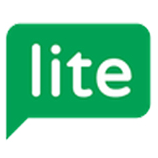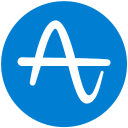How Conversations With Customers Helped Us Pivot Early And Better Understand Our Audience
Hey, my name is Ricardo and along with Ivan Maeder, I'm the co-founder of BACKSPACE.
BACKSPACE is a carbon analytics platform for your website, allowing you to accurately measure every single gram of carbon it generates, giving you insights about how to reduce them, and optionally removing any emissions you can't reduce automatically for you — allowing digital businesses to go carbon neutral.
Our customers are small and medium-sized tech companies, but we also have indie folks who are conscious of their impact.
We're still at the beginning of our journey. We launched in November 2022, but already have 500,000 calculated visits, which amounts to 390kg (860 pounds) of CO2 — which blows our minds.

What's your backstory and how did you come up with the idea?
I'm a Product Designer with a Computer Science background and, as with most people, have been deeply concerned...

Download the report and join our email newsletter packed with business ideas and money-making opportunities, backed by real-life case studies.

Download the report and join our email newsletter packed with business ideas and money-making opportunities, backed by real-life case studies.

Download the report and join our email newsletter packed with business ideas and money-making opportunities, backed by real-life case studies.

Download the report and join our email newsletter packed with business ideas and money-making opportunities, backed by real-life case studies.

Download the report and join our email newsletter packed with business ideas and money-making opportunities, backed by real-life case studies.

Download the report and join our email newsletter packed with business ideas and money-making opportunities, backed by real-life case studies.

Download the report and join our email newsletter packed with business ideas and money-making opportunities, backed by real-life case studies.

Download the report and join our email newsletter packed with business ideas and money-making opportunities, backed by real-life case studies.













